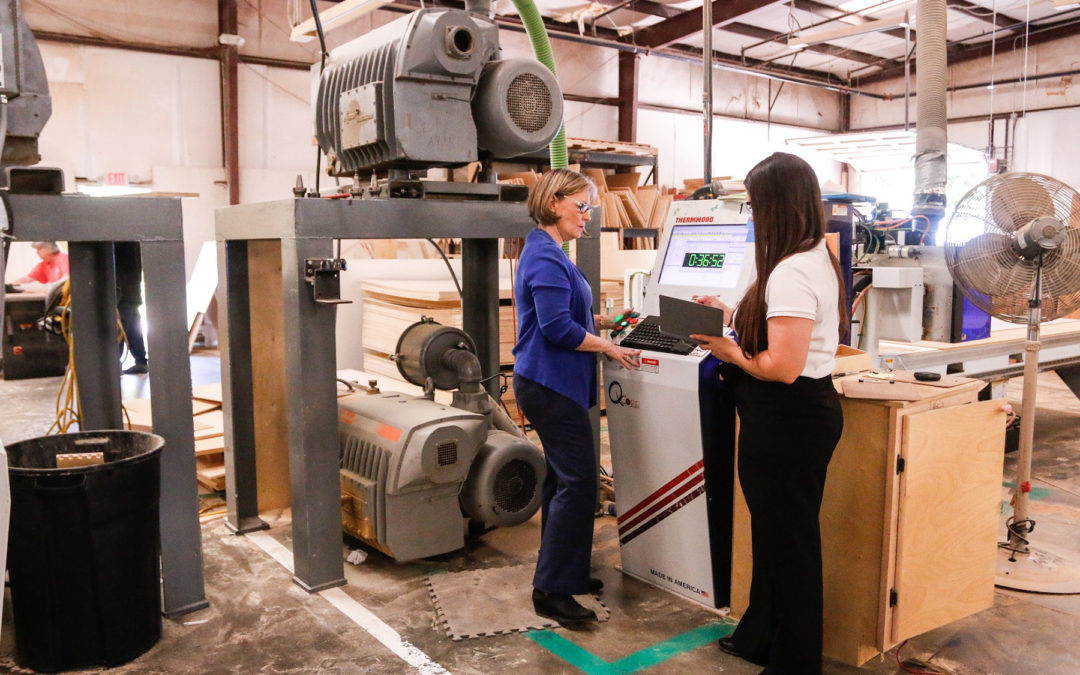Many issues have arisen that have changed the way we do business and go about our daily lives, from work to home, related to the COVID-19 Pandemic. Considering our own safety and well-being is more important now than ever. Workplace safety considerations are no different and OSHA has issued additional guidance related to which workplace safety and health standards apply to the response to this pandemic.
All workplaces are affected by these risk factors, not just healthcare facilities and those dealing with the general public, although there is an increased risk to those occupations. Workplaces must follow OSHA’s General Duty Clause Section 5(a)(1) that states that each employer shall furnish to each of his/her employees employment and a place of employment which are free from recognized hazards that are causing or are likely to cause death or serious physical harm to his/her employees; as such, employers must make all efforts to control the potential hazard of transmission of the COVID-19 virus to employees in their facility through increased efforts of cleaning and disinfecting surfaces, social distancing and work from home practices, encouraging frequent hand-washing and hygiene practices as well as providing Personal Protective Equipment as needed.
Additionally, the following four OSHA standards are required to be followed related to COVID-19 transmission control and any other virus transmission control measures:
- Bloodborne Pathogens 1910.1030 – While this standard specifically relates to exposure to blood and other potentially infectious bodily fluids and not respiratory droplets (how COVID-19 is transmitted), OSHA recognizes that following Universal Precautions practices outlined in the standard protects employees from virus transmission hazards.
- Hazard Communication 1910.1200 – Employees must understand the hazards of chemicals in their work areas prior to being exposed to them. This standard specifically relates to COVID-19 where clean-up and disinfecting efforts are increased, and new chemicals may be introduced into the workplace. All chemical containers must be labeled, and a current Safety Data Sheet must be readily available to employees at all times.
- Personal Protective Equipment 1910 Subpart I – Employees must be provided PPE to protect themselves from workplace hazards including exposure to viruses and chemicals used for cleaning. If PPE is required to be worn by employees then the employer must provide the PPE free of charge (with some exceptions), provide training and inform employees how to properly dispose of PPE.
- Respiratory Protection 1910.134 – Employees that are required to wear respiratory protection including N95 masks must have a medical clearance and annual fit test. Voluntary use of an N95 respirator is allowed without the previously mentioned testing but requires employee training even if the employee brings the respirator from home. Employees must be clean shaven to wear a respirator. Surgical masks are not respirators, so they do not fall under this standard’s requirements. All Center for Disease Control guidance shows that surgical masks protect others from being infected by the wearer and do not offer any protection from contracting the virus. Medical grade N95 respirators should be reserved for Healthcare Workers as there is a limited supply of these in the United States due to this crisis.
Spencer-SHE provides a comprehensive online 2-hour course that meets all training requirements related to the response to COVID-19 and the above-mentioned applicable standards. Contact us today for your package that includes the narrated 2-hour presentation (self-paced), handouts and quiz. A Certificate of Completion will be provided for each attendee upon submission of the provided quiz.

